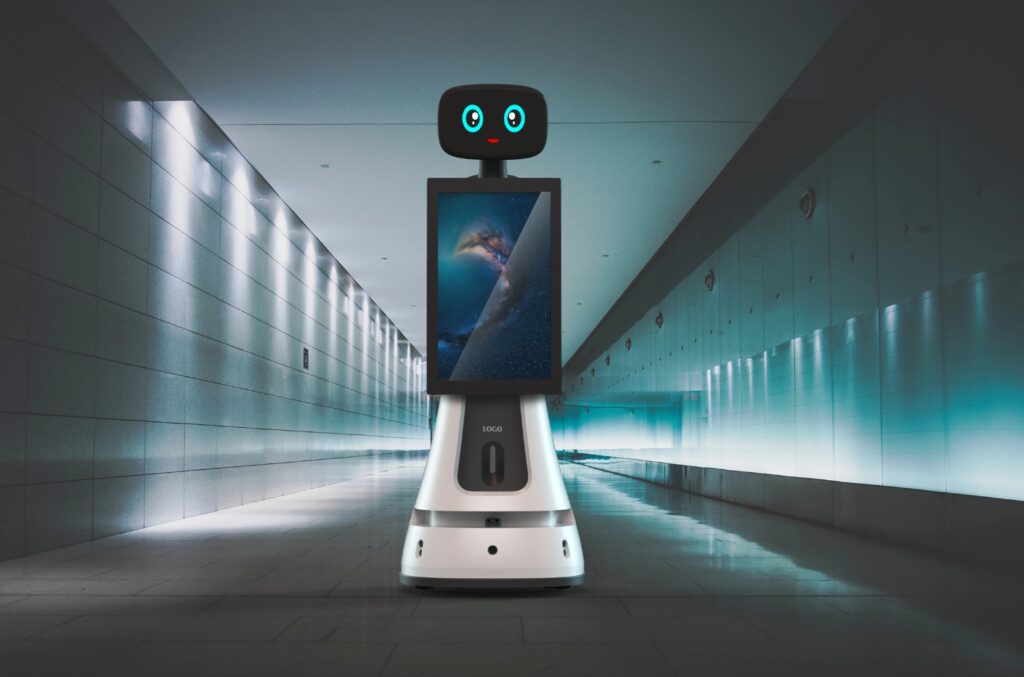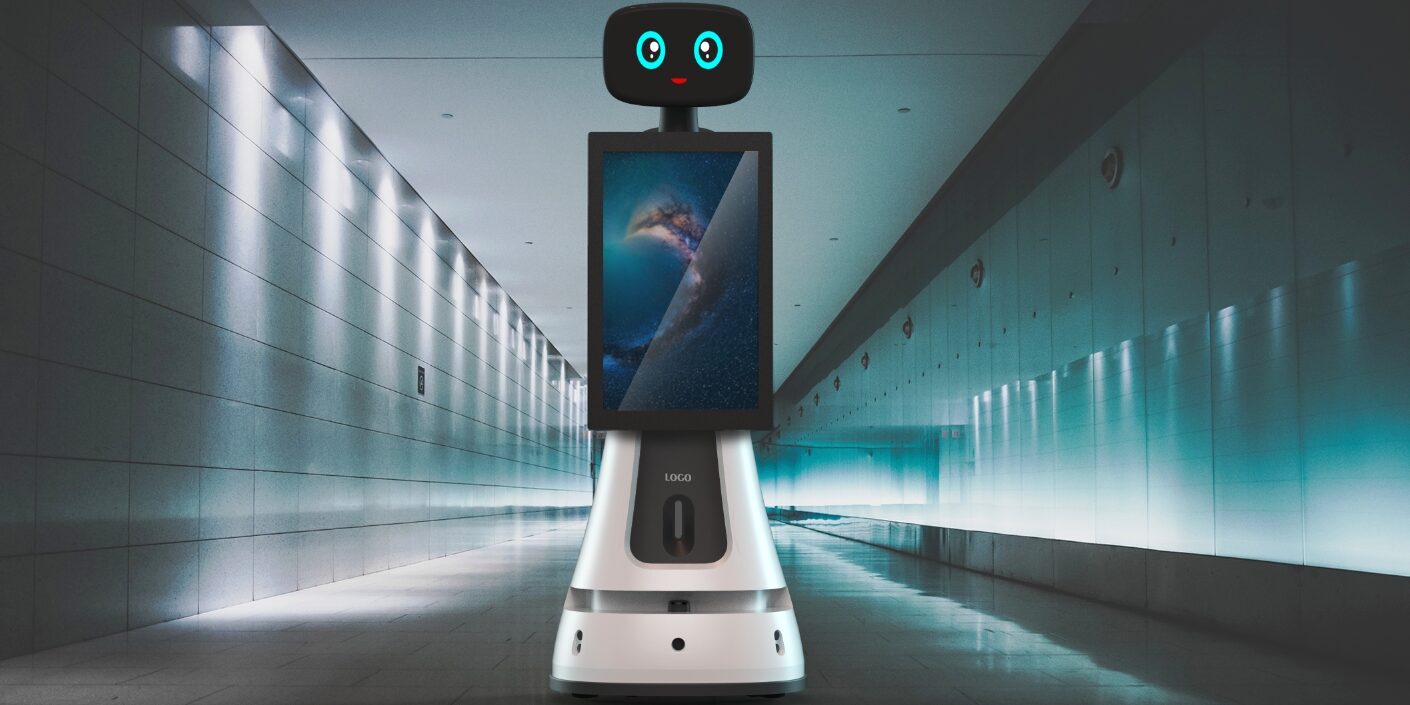Introduction:
In the realm of robotics, the development of autonomous robots capable of interacting with humans and navigating complex environments has been a significant challenge. One such robot, the Welcome and Guide Robot, is designed to provide assistance and guidance to visitors in various settings, such as museums, hospitals, and shopping malls. In this blog post, we will delve into the intricate architecture of this remarkable robot, exploring its hardware components, software modules, and the innovative technologies that enable its seamless operation.
Hardware Architecture:
The Welcome and Guide Robot boasts a sophisticated hardware architecture that empowers it to interact with its surroundings effectively. At its core lies a powerful computing platform capable of processing vast amounts of data in real-time. This platform is complemented by a suite of sensors, including cameras, lasers, and microphones, which enable the robot to perceive its environment and interact with humans.

The robot’s mobility is facilitated by a robust platform equipped with wheels, allowing it to navigate various terrains with ease. Its face is designed to be expressive, with the ability to display a range of emotions, fostering a sense of connection and trust with humans. Additionally, the robot is equipped with a voice system that enables it to communicate with visitors in a natural and engaging manner.
Software Architecture:
The Welcome and Guide Robot‘s software architecture is equally impressive, comprising several interconnected modules that work together seamlessly. The navigation module is responsible for guiding the robot through its environment, utilizing advanced algorithms and sensor data to avoid obstacles and reach its destination. The interaction module enables the robot to communicate with humans, understand their requests, and provide relevant information.
The sensor fusion module integrates data from multiple sensors to create a comprehensive understanding of the robot’s surroundings. This module employs sophisticated techniques, such as the Extended Kalman Filter, to accurately localize the robot and track its position in real-time. The fuzzy logic control module is responsible for controlling the robot’s movements and actions, ensuring smooth and precise navigation.
Custom Programming Language:
To facilitate the development and programming of the Welcome and Guide Robot, a custom programming language was created. This language combines elements of C, Pascal, and JavaScript, providing a powerful and flexible tool for robot developers. The language is optimized for real-time performance, enabling the robot to respond quickly and effectively to its environment.
Conclusion:
The Welcome and Guide Robot represents a significant advancement in the field of robotics, showcasing the potential for autonomous robots to assist and interact with humans in various settings. Its sophisticated hardware architecture, innovative software modules, and custom programming language make it a truly remarkable machine. As technology continues to evolve, we can expect to see further advancements in robotic capabilities, paving the way for even more sophisticated and useful robots in the future.






